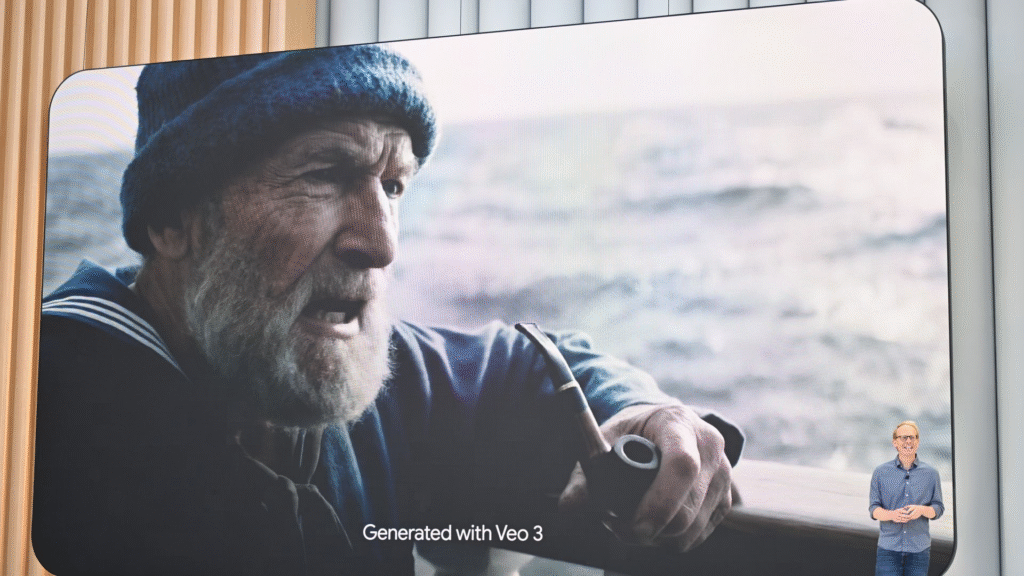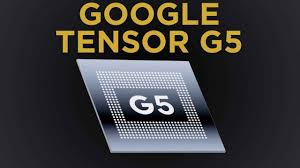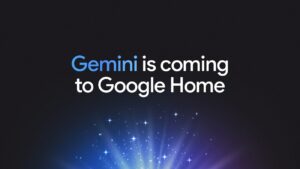In May 2025, Google has unveiled its most advanced generative AI tool to date — a video generation model called Veo. With the ability to create hyper-realistic short videos from simple text prompts, Veo is flooding the internet with content that’s nearly indistinguishable from reality.
From cinematic landscapes to simulated people, Veo is both awe-inspiring and alarming. While it opens the door to new creative possibilities, it also stokes growing fears about misinformation, deepfakes, and digital manipulation.
🎬 What Is Google Veo?
Veo is Google DeepMind’s next-generation video diffusion model that can generate 1080p clips up to 60 seconds long, featuring consistent motion, lighting, and character behavior.
Announced during Google I/O 2025, Veo builds on previous tools like Imagen Video and Phenaki, but takes them further with:
- 📌 Scene-to-scene coherence
- 📌 Naturalistic motion physics
- 📌 Real-time generation (within 30 seconds)
Early examples included lifelike reenactments of historical events, AI-generated actors in fantasy settings, and simulations of street footage indistinguishable from real camera shots.
Source: Google Blog, May 14, 2025
🧠 How It Works
Veo is powered by a transformer-based architecture trained on billions of public video clips and licensed datasets. Users input a scene description (e.g., “a drone flying over a coastal cliff at sunset”), and Veo renders it in seconds — complete with dynamic lighting, weather, and camera angles.
Its key innovation lies in scene persistence: characters, objects, and motion paths remain consistent across time — a leap from earlier, jittery generative video models.
🚀 Creative Potential
Google is positioning Veo as a tool for filmmakers, educators, and marketers. Use cases include:
- 🎥 Storyboarding and previsualization for indie creators
- 📚 AI-generated educational simulations
- 📢 Branded microcontent for social media campaigns
YouTube Shorts and TikTok influencers are already experimenting with Veo to produce AI-crafted travel montages and movie-style trailers.
⚠️ Ethical Concerns & Misinformation Risks
However, not everyone is celebrating. Experts in AI ethics warn that tools like Veo could intensify misinformation campaigns, particularly in election seasons or during geopolitical conflicts.
“We are entering a phase where anyone can produce convincing fake footage — of wars, politicians, disasters — with zero production cost,” said Dr. Zeynep Tufekci, a tech sociologist at Columbia University.
Google says it has implemented safeguards:
- 📛 Metadata tagging for all generated content
- 👁️🗨️ Invisible watermarks for AI traceability
- 🛑 Restriction on prompt types (e.g. impersonation or violence)
Still, critics argue that once content is downloaded and re-shared, traceability becomes tenuous.
🌐 Platform Response
Social media platforms including Meta and TikTok have announced that all videos suspected to be AI-generated will be subject to new content origin checks using Google’s watermarking protocol. However, rollout across platforms is uneven and largely reactive.
In the U.S., the Federal Communications Commission (FCC) is reportedly working with tech firms to draft AI content authenticity legislation for digital media in 2025.
Conclusion
Google’s Veo is the most powerful AI video generator released to the public — pushing creative boundaries while surfacing urgent questions about truth, authorship, and trust.
In a world where videos once counted as “proof,” the rise of hyper-realistic synthetic content marks a paradigm shift. The future of visual media has arrived — and it’s indistinguishable from fiction.




